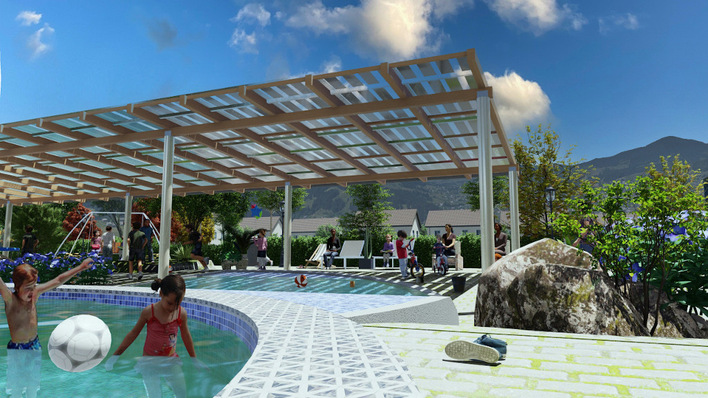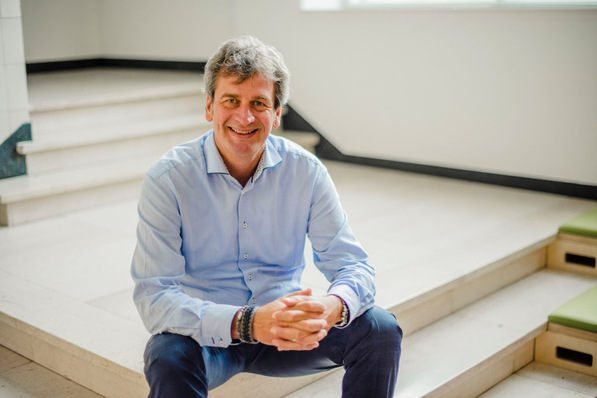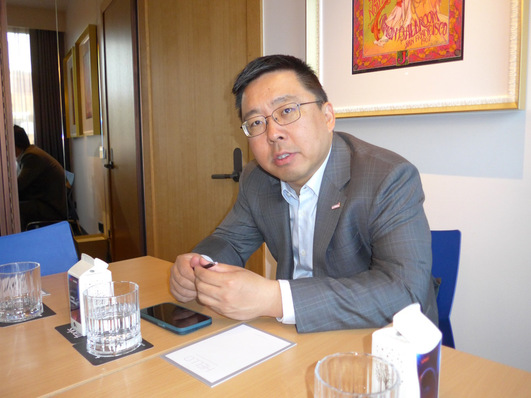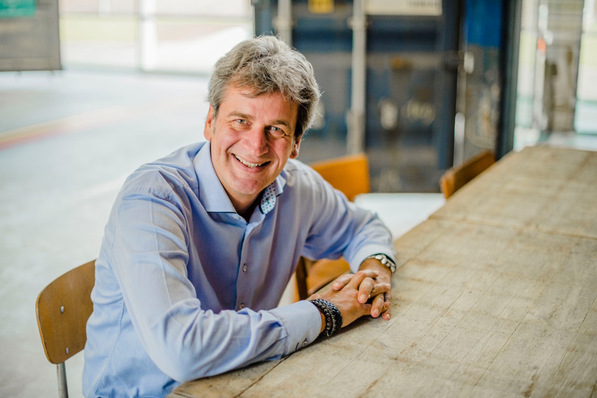Read the first part: The curse of the soldering joints
Read the second part: A sobering diagnosis
S-Energy’s panels all have their serial numbers on a sticker applied to the rear foil. Of course, it is possible to find affected panels by thermography, for example, but to ascertain their serial numbers and submit them to the manufacturer, the panel still has to be physically unscrewed from the mounting frame – as good as completely demounted.
And after all, Minetzke cannot even be certain if the rest of the panels will not end up being affected by hotspots this summer: The curse seems to slowly spread over the entire panel array. “So far, 60 of 267 panels have been replaced,” he complains. “Am I supposed to keep checking if the other panels are also faulty – or are developing faults?”
Faults as a result of production
Assessments from similar cases have shown fairly conclusively that these are manufacturing faults committed by S-Energy. 2011 and 2012 were boom years in PV, manufacturers were struggling to put out their products fast enough to meet demand. S-Energy used subcontractors that clearly botched things up. In the meantime, the Korean company has parted ways with their erstwhile partners. On the other hand, any botched-up panels are, of course, still out there.
It is a little like with children. When they are young, they can out of the blue catch a fever, a rash or miliaria – but that goes away. S-Energy’s panels have also not had any issues since 2012. Quite the opposite: They have been and still are very popular with many installing companies because of their quality and stability. And beyond those cases where there have been issues, there are many installations out there that are running flawlessly.
Issues keep coming up
The defective panels seem to all be from one specific distributor. This becomes apparent from the serial numbers. We have information that indicates that as much as several megawatts’ worth of panels may be affected. They should never have been distributed, much less installed. But what is worse, here and now: “The way S-Energy are handling this is a catastrophe,” thunders. “It would be best if S-Energy were to take responsibility for their mistakes and exchange the entire array with new panels. Otherwise, the cost will keep escalating.”
Because issues keep coming up. Within two weeks, the repaired panels – 10 out of 60 so far – have also experienced hotspots. “Now I am at the end of my tether,” he says. “I will no longer accept repaired panels. The Koreans have to supply me with new ones. For the entire array.” Indeed, anything else makes little sense: In 2011, the frame of the panels was 50 millimetres high. Now they only measure 40 millimetres. (Heiko Schwarzburger)







